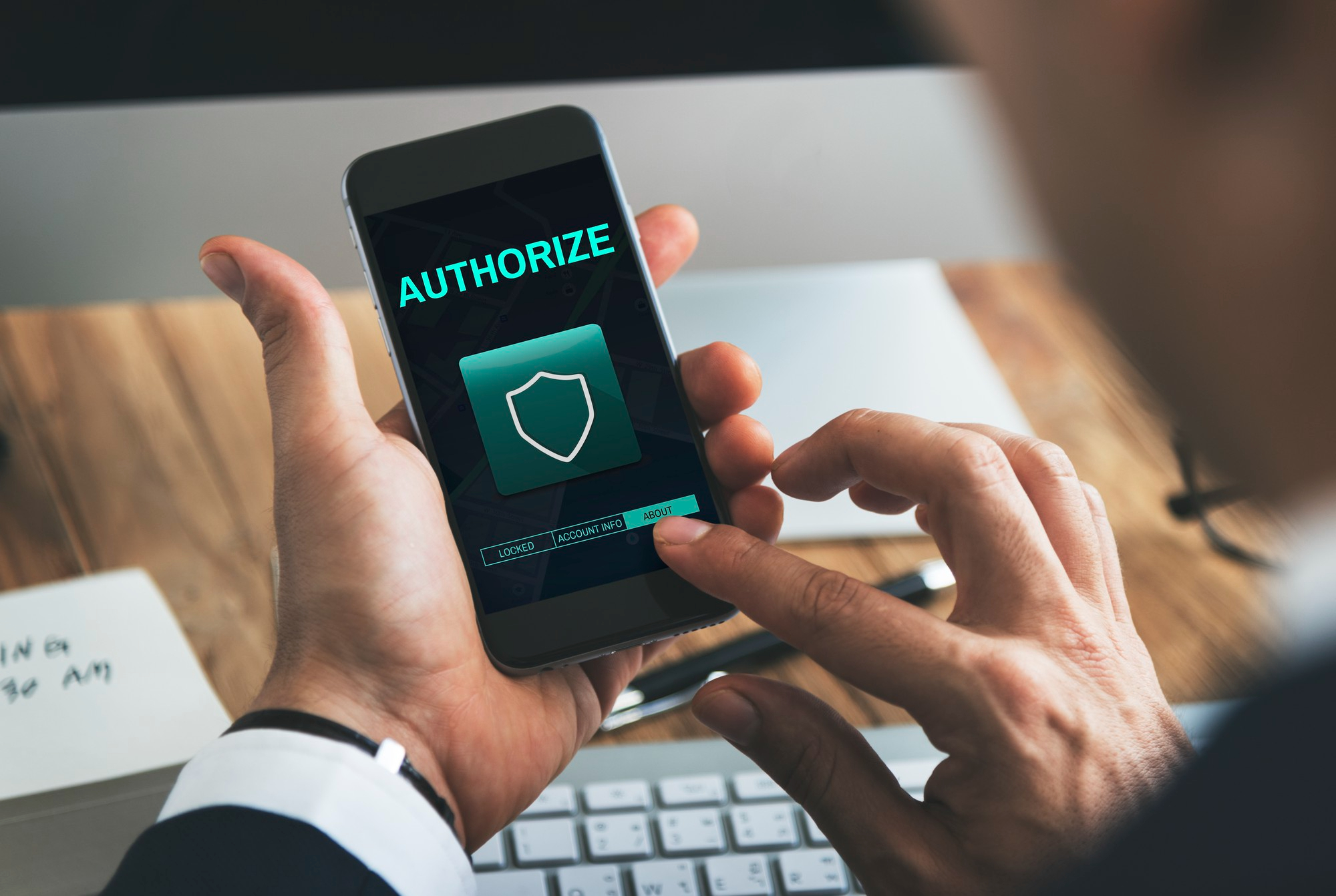APS - Anti Phishing Solution

Phishing is a common cyber-attack technique that uses social engineering to trick its target into providing sensitive information such as login credentials, credit card numbers, and other personal data. Phishing attacks can come in the form of emails, messages, phone calls, or even fake websites. These attacks can cause significant financial and reputational damage to individuals and businesses.
To protect against phishing attacks, it is essential to be aware of the signs of a phishing attempt. These signs include suspicious email addresses, unusual requests, and urgent or threatening language. It is also important to verify the legitimacy of any requests by contacting the sender directly through a secure channel.
C4S helps organizations to implement various technical solutions to mitigate phishing risks. This includes spam filters, web filtering, and antivirus software. Two-factor authentication and password managers can also help protect against phishing attacks by making it more difficult for attackers to access sensitive information.
C4s provides training and awareness to help and reduce the risk of phishing attacks. Employees should be trained to recognize the signs of a phishing attempt and to report any suspicious activity to their IT department.
Overall, protecting against phishing requires a combination of technical solutions, employee training, and constant vigilance. By being aware of the risks and implementing appropriate security measures, individuals and businesses can greatly reduce their exposure to phishing attacks.